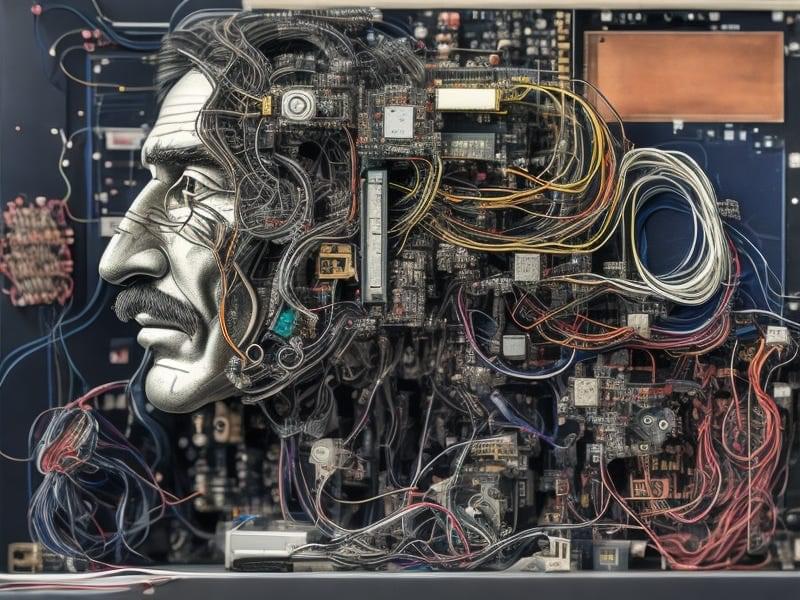Plus, Turing also showed that achieving universality doesn’t require anything fancy. The basic equipment of a universal machine is just not more advanced than a kid’s abacus — operations like incrementing, decrementing, and conditional jumping are all it takes to create software of any complexity: be it a calculator, Minecraft, or an AI chatbot.
Likewise, consciousness might just be an emergent property of the software running AGI, much like how the hardware of a universal machine gives rise to its capabilities. Personally, I don’t buy into the idea of something sitting on top of the physical human brain — no immortal soul or astral “I” floating around in higher dimensions. It’s all just flesh and bone. Think of it like an anthill: this incredibly complex system doesn’t need some divine spirit to explain its organized society, impressive architecture, or mushroom farms. The anthill’s intricate behaviour, often referred to as a superorganism, emerges from the interactions of its individual ants without needing to be reduced to them. Similarly, a single ant wandering around in a terrarium won’t tell you much about the anthill as a whole. Brain neurons are like those ants — pretty dumb on their own, but get around 86 billion of them together, and suddenly you’ve got “I” with all its experiences, dreams, and… consciousness.
So basically, if something can think, it can also think about itself. That means consciousness is a natural part of thinking — it just comes with the territory. And if you think about it, this also means you can’t really have thinking without consciousness, which brings us back to the whole Skynet thing.










It’s becoming clear that with all the brain and consciousness theories out there, the proof will be in the pudding. By this I mean, can any particular theory be used to create a human adult level conscious machine. My bet is on the late Gerald Edelman’s Extended Theory of Neuronal Group Selection. The lead group in robotics based on this theory is the Neurorobotics Lab at UC at Irvine. Dr. Edelman distinguished between primary consciousness, which came first in evolution, and that humans share with other conscious animals, and higher order consciousness, which came to only humans with the acquisition of language. A machine with only primary consciousness will probably have to come first.
What I find special about the TNGS is the Darwin series of automata created at the Neurosciences Institute by Dr. Edelman and his colleagues in the 1990’s and 2000’s. These machines perform in the real world, not in a restricted simulated world, and display convincing physical behavior indicative of higher psychological functions necessary for consciousness, such as perceptual categorization, memory, and learning. They are based on realistic models of the parts of the biological brain that the theory claims subserve these functions. The extended TNGS allows for the emergence of consciousness based only on further evolutionary development of the brain areas responsible for these functions, in a parsimonious way. No other research I’ve encountered is anywhere near as convincing.
I post because on almost every video and article about the brain and consciousness that I encounter, the attitude seems to be that we still know next to nothing about how the brain and consciousness work; that there’s lots of data but no unifying theory. I believe the extended TNGS is that theory. My motivation is to keep that theory in front of the public. And obviously, I consider it the route to a truly conscious machine, primary and higher-order.
My advice to people who want to create a conscious machine is to seriously ground themselves in the extended TNGS and the Darwin automata first, and proceed from there, by applying to Jeff Krichmar’s lab at UC Irvine, possibly. Dr. Edelman’s roadmap to a conscious machine is at https://arxiv.org/abs/2105.10461